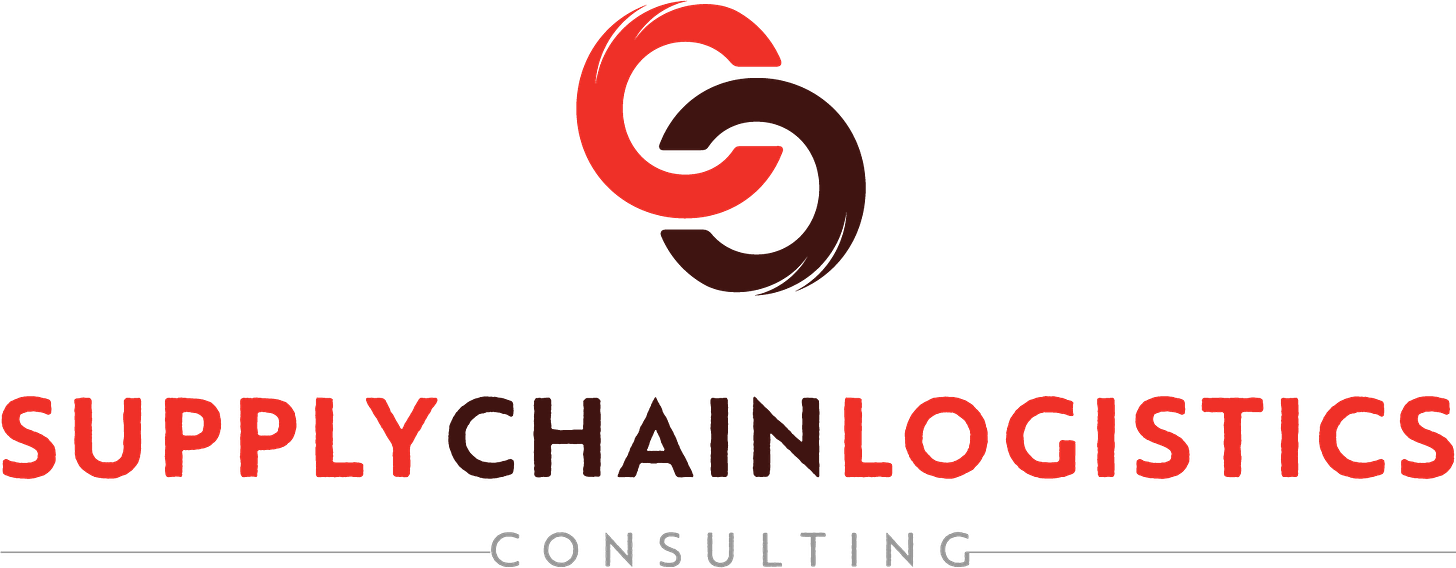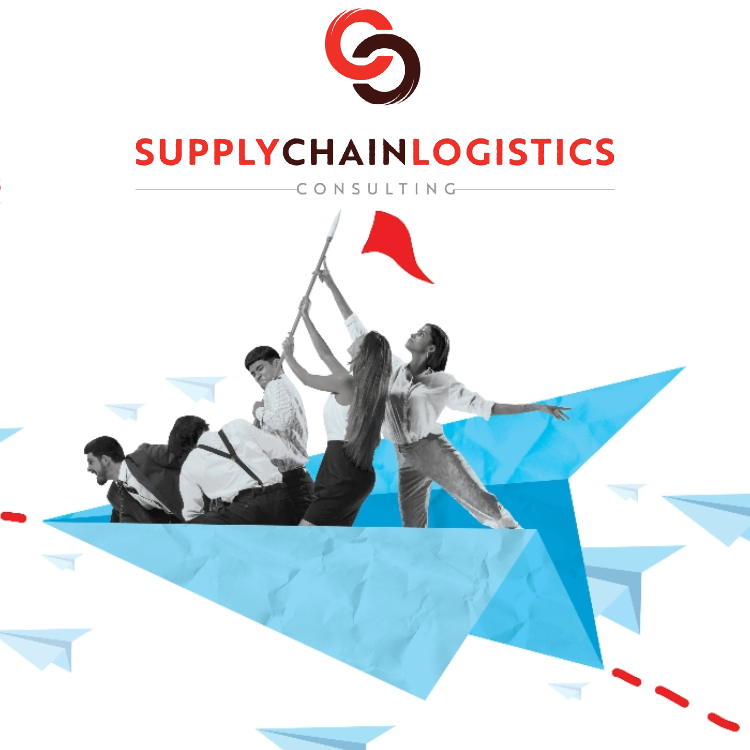SCLCI Early Editions: “The Procurement Process.”
Use Strategic Sourcing as your ‘Supply Chain Advantage’. An overview of the procurement process for supply chain business operations.
December 12, 2023 Authored by Hilary J. Schmitt, SCMP S&Co., Supply Chain Logistics Consulting SUBSCRIBE HERE.
A brief overview of the procurement process.
Procurement processing activities should be prioritized by organizations that seek to achieve corporate objectives using strategic supply chain business operations.
This powerful process can establish greater value for your company and will open contract negotiations to include additional benefits. Buyers may discover opportunities for greater integration with key suppliers and prepare additional controls over non-price related items. This could include quality, reliability, and certification standards, or E.S.G. criteria.

The procurement process involves several activities.
1. Identifying Needs:
This involves determining what is needed, establishing minimum criteria for potential suppliers, preparing a preliminary budget, and defining the project scope.
- Statement of Needs or Purchase Requisition
- Established Minimum Criteria for Suppliers,
- Scope of Work and/or Specifications.
- Preliminary Project Budget.
2. Request for Pre-Qualification:
This involves requesting information and documentation from potential suppliers to assess their qualifications and capabilities. Then establishing pre-approvals for qualified suppliers, and creating approved manufactures and vendors lists.
- Request for Pre-Qualification (RFPQ),
- Supplier Pre-Approvals, Vendor Data Management,
- Approved Manufactures List, Approved Vendors Lists (AML/AVL).
3. Request for Proposals or Quotations:
This is where potential suppliers are asked to provide their proposals or quotes for the required goods/services.
- Request for Proposals (RFP), or
- Request for Quotations (RFQ)
4. Bid Opening, Bid Evaluation:
This involves examining the received bids/proposals, evaluating them against set criteria, and finally selecting and awarding the contract to chosen suppliers.
- Bid Opening,
- Bid Evaluation,
- Vendor Selection,
- Contract Award and Notifications
5. Authorizations, Negotiation and Contracting:
At this stage, consent is given for the purchase, negotiations take place, and a contract is completed.
- Authorization(s),
- Negotiation,
- Contracting, and
- Management of Change.
6. Cost Allocation and Purchase Orders:
Categorical costs are assigned to cost codes, amounts are allocated according to budgets and requirements, estimates are verified, authorizations are provided, and the purchase order gets issued.
- Estimate Validation,
- Cost Allocation,
- Issue Purchase Order
7. Receipt and Inspection:
The goods, materials, or services are received and inspected to ensure they have met the contractual specifications and where applicable, the agreed Service Level.
- Inspection of Goods, Materials and/or Service Performance
- Receipt Confirmation.
8. Invoicing and Payments:
In this function, an invoice is issued by the supplier and payments are made accordingly.
- Collections, Invoicing, and Payments
- Accounting
- Financial Management.
9. Vendor Management Activities
This includes monitoring supplier performance, conducting reviews and evaluations, and seeking to improve the relationship when necessary to optimize future interactions.
- Vendor Management,
- Supplier Performance,
- Reviews and Evaluations
The procurement process is a priority for organizations seeking to improve and achieve corporate objectives with strategic use of supply chain business operations.
Not all purchasing is practical to apply the strategic sourcing process, alternatives are often decided by establishing parameters for price threshold and the criticality of the procurement to the businesses final product.
Once qualified to proceed in a sourcing process the procurement will involve several activities, business leaders can use strategic sourcing to improve alignment of supplier performance with the company’s business objectives.
Procurement has a strategic role.
And it is beyond supply chain management.
Procurement has evolved from being a simple buying function to a strategic element in supply chain management (Rafati & Poels, 2017).
The function of procurement involves understanding the entire supply chain for your company and projects. From identifying suppliers, to managing relationships and ensuring supplier performance meets expectations.
Procurement, when approached as a strategic function for business operations, adapts regular transactional processes into pivotal activities through the practice of strategic sourcing, which involves identifying and selecting qualified, reliable, and cost-effective suppliers .
Procurement also contributes significantly to developing and maintaining an efficient and effective business operations. Managing cost reduction, risk mitigation, maintaining the quality and timely delivery of essential products and services.
SCLCI Back-to-Basics: “The Benefits of Strategic Sourcing”

Why is procurement a strategic function in your business?
Supplier Relationship Management: Procurement involves fostering and maintaining relationships with suppliers, ensuring a reliable and high-quality supply of goods/services to an organization.
Negotiations and Contract Management: Procurement teams negotiate contracts with suppliers to get the best price and terms. They manage these contracts throughout their lifecycle, tracking performance, renewing agreements, and handling disputes.
Risk Management: Ensuring supply continuity is a crucial part of procurement. By managing supplier relationships and having backup plans in place, procurement teams can mitigate risks like supplier failures, price volatility, or material shortages.
Coordination: Procurement coordinates with multiple departments in an organization, ensuring the right materials/services are delivered at the right time and price, directly contributing to the efficiency of the supply chain.
Cost Reduction: Through strategic sourcing, negotiation, and vendor management, procurement can significantly decrease the cost of goods/services without sacrificing quality, thereby boosting the profitability of the organization.
Quality Control: Procurement ensures that suppliers meet certain quality standards, thereby contributing to the overall quality of final products/services offered by an organization.
As you can see, business leaders focused on efficiency, cost reduction, adding value, and effective management, know that procurement is central to achieving the strategic objectives of a company.
References:
Rafati, L., & Poels, G. (2017, December 1). Value-Driven Strategic Sourcing Based on Service-Dominant Logic. https://scite.ai/reports/10.1287/serv.2017.0190
*Formatting, edits, and addition of subtext for repurposing the content as salescopy, assisted by artificial intelligence.
At Supply Chain Logistics Consulting our mandate is to improve the way things are done and we would be happy to hear from you. Do you have a specific problem you are solving? A unique solution or a successful story about making a significant change?
Let us know.
Write your response in the comments or send us a message on our contact page. If we get enough responses, we will be highlighting our favorite examples in featured posts so that our readers can benefit from them as well.
If you are interested in hiring a management consultant for your business or project and want to learn more about our management consulting services, please contact us today. We are a professional management consulting firm with years of experience in helping people at businesses like yours to achieve results.





2 comments
kern
11 December 2023 at 3:57 am
Awеsome issues here. I am ᴠery glad to see your article.
Thanks a lot and I’m taking a lօok forward to reaching you.
Will you kindly drop me a e-mail?
Supply Chain Logistics Consulting
3 January 2024 at 9:13 am
Thank you for your comment and it’s great that you liked it. Don’t forget to Like, Share and Comment on social media. Sign up for the Newsletter and get a monthly summary of these Editions delivered to your email. Send questions about our consulting services, sponsoring an article, or becoming an affiliate, to Contact Us. We look forward to hearing from you!
Comments are closed.